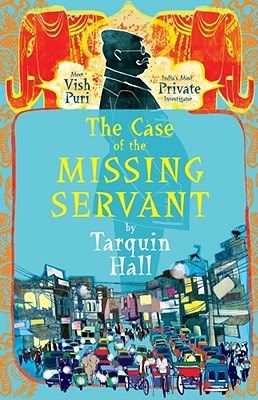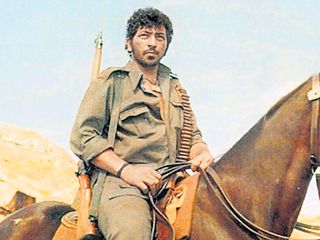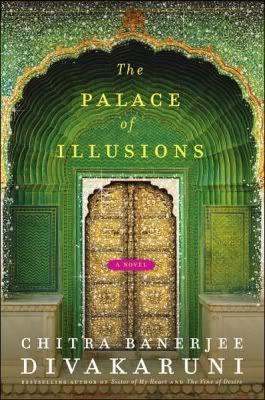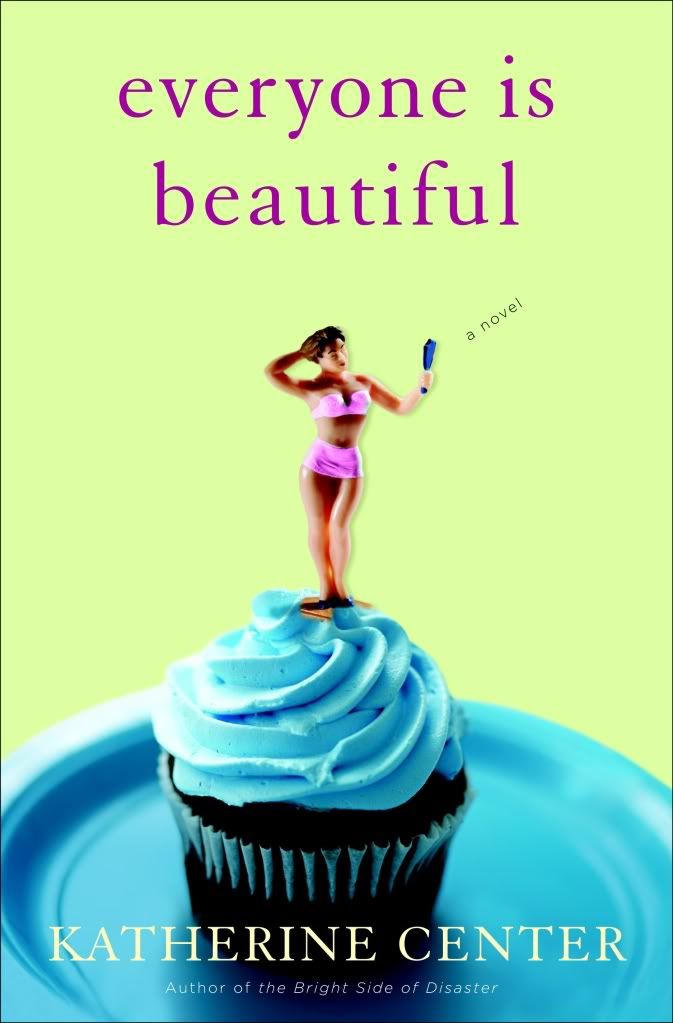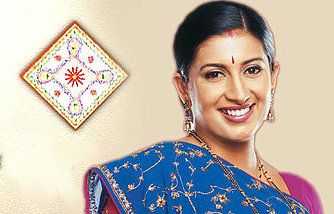 I’m watching TV. The husband comes in.
I’m watching TV. The husband comes in.
He : Why are you watching this crap ?
I : What crap ?
“This”, he points at the TV.
“This is not crap, it’s Perfect Bride.”
“Same thing.”
He exits.
Cut to 2 weeks later. He tells me, eyeing the clock “Your program is coming on” and goes into the bedroom, switches on the TV, seats himself in the comfy chair and begins to watch “Perfect Bride”. Now he’s as into it as I am.
As we’re watching it, they announce the “Bride of the Week”, and it’s Priyanka Sharma.
I’m appalled, “What ! People think she should be “Bride of the Week” ?
The husband doesn’t do sarcasm often, but when he does I can tell, “Yes, of course they do – they’re the unwashed masses. You’re probably the only padi-likhi (educated) woman to watch this show”. I can tell he’s getting a little worried with my suddenly, as he calls it “going gharelu” (getting domesticated); I’m also now intermittently watching some Hindi serials. I’m perpetually going “tsk, tsk” when watching these, and he, the problem-solver, asks me why I’m watching these if I have such a problem with them anyway.
Which is true, I have big problems with these TV serials. I started watching one “accidentally” but started to tune in when I realized that the hero Ambar actually had some sense – he would not leave his apparently not-Brahmin wife (he is a Brahmin) even on severe parental pressure. But now, I’m starting to go off it, because the nut (Ambar) has gone ahead and married another woman, since his **wife** insisted he do it. A lot of Hindi serials on TV right now have heroes who have more than one wife.
Besides these there are also the other problems, like the dialogues which say stuff like –
– What can you do ? You are a woman.
– A married woman must forget her parents.
– The parents of a daughter have only one big ambition – to get their daughter married.
– A woman is the izzat of her family
– A woman must strive to be a good daughter, sister, wife, mother. Period.
– Oh, we’re the girl’s family, it is our job to bow down before you (the groom’s family).
– A low class/caste girl like that can never be associated with our Brahmin family
 Besides all this very tiresome dialogue, these serials are populated by characters who probably don’t live in modern India as we know it. The fixation on marriage, rituals, relationships, motherhood, domesticity is unbelievable. Still, this would be fine, if all this was a part of normal life, not ** the only thing ** in life.
Besides all this very tiresome dialogue, these serials are populated by characters who probably don’t live in modern India as we know it. The fixation on marriage, rituals, relationships, motherhood, domesticity is unbelievable. Still, this would be fine, if all this was a part of normal life, not ** the only thing ** in life.
The husband can’t stand the above mentioned serials, and it’s easy to agree with him, because the needless rona-dhona/no common-sense is starting to get to me. Yes, yes, all that stuff about free speech etc. – surely the TV-wallahs can express themselves too, even if I find their views offensive and regressive. Or atleast that’s what my brain says; I still have a problem. I could stop watching this TV, and even if I did, it’s not actually having much effect on my thinking; I’m snorting through much of it anyway. But my Mom watches it and my Mom-in-law watches it. My parents actually time their dinner to coincide with their favorite serial “Agle janam mujhe bitiya hi deejo” – the last time I watched it with them, the rich zamindar had bought a (second) wife for his son, so that she could bear a son, the first wife being incapable of doing so.
Not everyone’s watching this stuff with disinterest.
Most serials have a disclaimer at the beginning of every episode, which tells us that Star does not believe in any of these social evils – bigamy, casteism etc. But is that it ? What of showing women in such regressive, powerless situations that it sets your teeth on edge ? It was in 2007 that I heard of a “culture” school for women – this was where they were taught to serve their families and lose their ego. But really there is no need of a special school, when there are daily classes/serials on TV. The culture school folks are unaware that their regressive message is being spread far and wide via Ekta Kapoor and her ilk.
Hindi serial story-lines are silly as it is, but really get unbearable with all the “good” women portrayed as being devout doormats, thinking only of their husbands and in-laws, even when they are tormented and humiliated, and the husbands are bigamists. Phrases like “I must be a good wife”, “I must serve my family” are repeated so often, they seem chant-like. Women in these serials are perpetually on tenterhooks trying to walk the fine line of expected behavior dictated for a female in their position. When overstepping these lines, they are often berated and tortured, and told to repress themselves. Thus it appears that the female leads in such serials lead most of their lives fulfilling their duties, and the rest wringing their hands in regret and trepidation over “apparent” trangressions. I am fuming looking at this stuff, but it’s truly bad television because it is very influential. How many times is an impressionable mind going to watch this stuff without wanting to be a docile, repressed “good wife” herself ?
Yes, for television to be interesting one must allow for some drama and some heightened emotions. However it is possible to produce interesting dramas without putting down women or bringing in artificial, damaging notions of “good” women, just as it is possible to have humor on television without degrading women. Remember “Hum log”, “Buniyaad”, “Nukkad”, or even “Fauji” which gave Shahrukh Khan his break? I must say that Fauji wasn’t great production values, and didn’t exactly carry the flag for feminism, but it wasn’t bad. These serials and dramas which aired on televison many years back, had interesting story lines, and generated enough viewership without having to resort to over-the-top, heavy handed emotion and regressive notions.
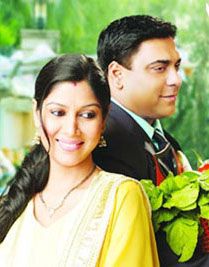 Today’s TV dramas are women based, and not in a good way. Either the women are “bad” and vampish or think for themselves (and that’s very, very bad !), or they are too holy for their own good. The female characters (atleast the “good” ones) in today’s TV serials are shown kow-towing to the demands of family members to such an extent, that it’s almost akin to a breakdown of self-esteem and the natural self-confidence that allows a person to function. Women so absolutely powerless, are a bad example in itself, but to actually enshrine qualities like extreme docility, and not being able to stand up for oneself, as being “good” and desirable, is extremely dangerous.
Today’s TV dramas are women based, and not in a good way. Either the women are “bad” and vampish or think for themselves (and that’s very, very bad !), or they are too holy for their own good. The female characters (atleast the “good” ones) in today’s TV serials are shown kow-towing to the demands of family members to such an extent, that it’s almost akin to a breakdown of self-esteem and the natural self-confidence that allows a person to function. Women so absolutely powerless, are a bad example in itself, but to actually enshrine qualities like extreme docility, and not being able to stand up for oneself, as being “good” and desirable, is extremely dangerous.
Plus one wonders about the apparent disregard for the law of the land that serials like this depict. Everybody is so into the bigamy thing; one would think that Indian Law actually permitted such a thing! The men go around being “forced” into second marriages, and the wives consult each other on domestic details so pati parmeshwar can lead a happy, stress-free life.
It is time the GOI (Ministry of Information and Broadcasting) stopped worrying about Edwina Mountbatten and Nehru, and started doing something about the real problem. Women have a second class status in Indian society, and many of these problems stem from the regressive mindset and patriarchal notions so entrenched in society. Indian television should not be reinforcing such damaging attitudes.
There are varying views of feminism. And while feminism has core concerns such as equality for women, adequate wages etc., there are also many aspects which are being palmed off as female empowerment, when they are not. I have written about them here and here, and recently I came across an article in the Times by Janice Turner, slightly old, written in Aug 2009, which says it very well :

